The resulting small fragments pass in the urine. It occurs as a result of a problem that prevents urine from draining out of the kidneys, ureters, and bladder. In general, stones that are 4 mm in diameter or smaller will probably pass spontaneously, and stones that are larger than 8 mm are unlikely to pass without surgical intervention. for: Medscape. Comparison of helical computerized tomography and plain radiography for estimating urinary stone size. At the same time, your urine may lack substances that prevent crystals from sticking together, creating an ideal environment for kidney stones to form. Strongly encourage patients who have a stone at a young age (ie, < 25 y), multiple recurrences, a solitary functioning kidney, or a history of prior kidney stone surgery to obtain a 24-hour urine collection for stone prevention analysis, especially if they are motivated to comply with a long-term stone prevention program. Oral Antibiotic Exposure and Kidney Stone Disease. Bove P, Kaplan D, Dalrymple N, Rosenfield AT, Verga M, Anderson K, et al. A total of 14 patients with extensive bilateral nephrolithiasis underwent simultaneous bilateral lithotomy, in most instances through a single transabdominal incision. Symptomatic abdominal aortic aneurysm misdiagnosed as nephroureterolithiasis. Bilateral means both sides. emails from Mayo Clinic on the latest health news, research, and care. Certain fruits and vegetables, as well as nuts and chocolate, have high oxalate content. Kassem Faraj Oakland University William Beaumont School of Medicine Careers. Yet, in a busy ED, the simple instruction to strain all the urine for stones can be easily overlooked. 2016 Apr. Nephrolithiasis: What Is It, Types, Signs and Symptoms - Osmosis The distance from the tip of the retrograde catheter to the ureteropelvic junction is measured in centimeters with a tape measure. https://profreg.medscape.com/px/getpracticeprofile.do?method=getProfessionalProfile&urlCache=aHR0cHM6Ly9lbWVkaWNpbmUubWVkc2NhcGUuY29tL2FydGljbGUvNDM3MDk2LXRyZWF0bWVudA==. Generally, only 1 dose is administered. Most people do not need treatment. The kidneys are located toward the back of the upper abdomen. Ultrasound Q. Intravenous mannitol is given prior to the induction of hypothermia. It has no anxiolytic activity and is less sedating than other centrally acting dopamine antagonists. Acute bilateral obstructive uropathy - sudden blockage of the kidneys. A maximum of 5 days of ketorolac therapy is recommended. J Urol. .st1 { Hydronephrosis is considered to be physiologic . In a systematic review and meta-analysis, these authors concluded that alpha-blockers help facilitate the passage of larger ureteric stones. Accessed Jan. 20, 2020. Adverse effects associated with alpha-blocker use were relatively infrequent and were not severe. 2008 Oct. 72(4):761-4. This practice should be condemned unless indicated based on a metabolic evaluation. Would you like email updates of new search results? 2007 Nov. 50(5):552-63. Song T, Liao B, Zheng S, Wei Q. Meta-analysis of postoperatively stenting or not in patients underwent ureteroscopic lithotripsy. Diagnostic kidney imaging. In patients with high urine calcium levels and recurrent calcium stones, thiazide diuretics are recommended. Noncontrast-enhanced CT should be considered if residual stone is suspected; this modality may help identify stone composition.31, Basic laboratory evaluations include creatinine (for renal function), ionized calcium (for hyperparathyroidism), and uric acid (for hyperuricemia); parathyroid hormone should be measured only if the serum calcium level is high.15,31 If a stone was not retrieved for analysis, additional tests should be considered: urine pH (for nephrocalcinosis and other metabolic abnormalities), microscopy of sediment from morning urine (for urine crystals that may suggest stone composition), and a test for cystinuria (especially in children because it is an inherited metabolic disorder).31, Many kidney stones are asymptomatic and found on imaging; each year, 10% to 25% become symptomatic or require intervention.5 Conservative management is an option for adults who are healthy, unfit for surgery, or pregnant, and who have access to health care and can adhere to active surveillance (imaging after six months, then annually).5,36 The patient should be referred for stone removal if symptoms, obstruction, or recurrent infection develops, or if the stone grows larger.5,36 Stone removal should be considered if the patient prefers removal to conservative management; plans to conceive in the near future; has calyceal diverticular stones, stones larger than 10 mm (possibly larger than 4 mm), or renal pathology; or is unsuited for conservative management.36, Kidney stones are becoming more prevalent in children because of increasing rates of diabetes mellitus, obesity, and hypertension in this population.24,9 Increasing age is a risk factor for kidney stones; therefore, adolescents are more likely to form stones than younger children.2 Children with kidney stones are more likely to have a metabolic, neurologic, or congenital urinary system structural abnormality; to have concomitant urinary infection; and to have recurrent stones.2,3,9,31, Urinary stasis, increased glomerular filtration rate, and elevated urine pH affect kidney stone formation in pregnant women.
What Hair Toner Should I Use Quiz,
2021 Odp Inter Regional Showcase Schedule,
Why Are Dodgers Games Blacked Out,
Liberty Youth Athletic Association,
Mobile Homes For Rent In Morganton North Carolina,
Articles B



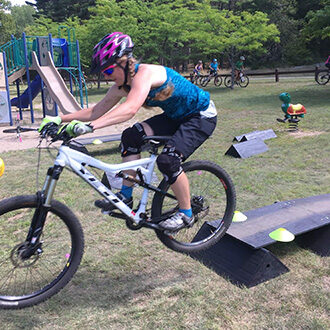
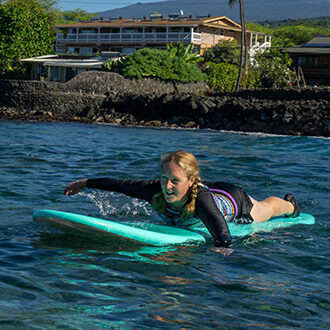
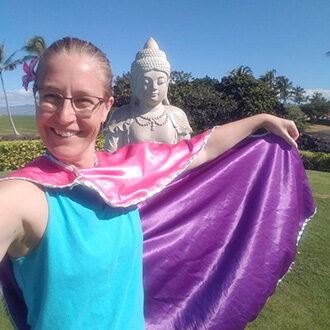
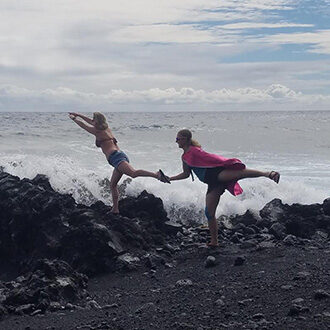
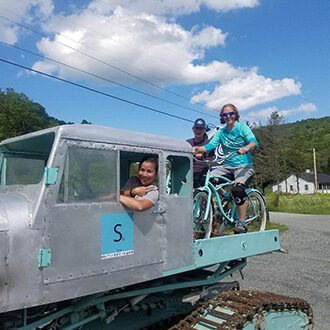
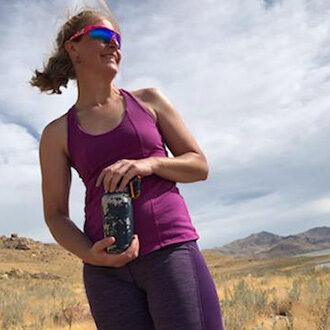
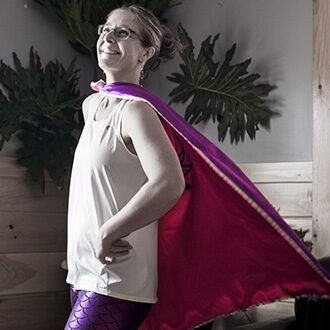
bilateral nephrolithiasis without hydronephrosis